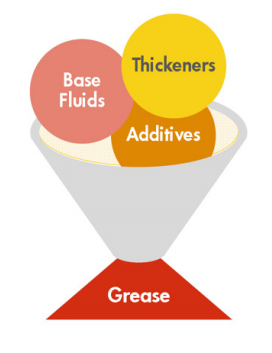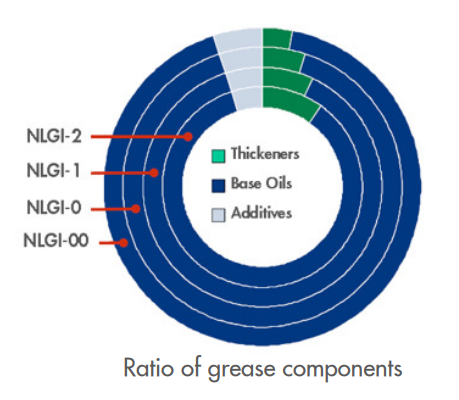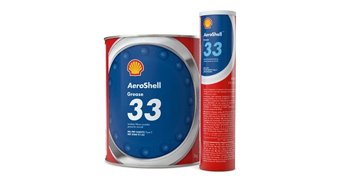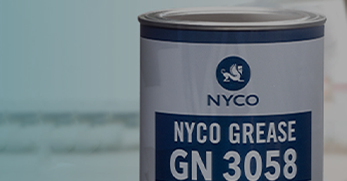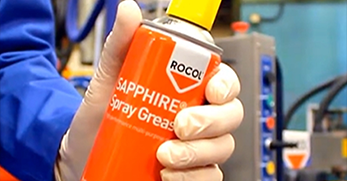Base Fluid
When selecting a grease, the base fluid can have a strong effect on the performance in certain circumstances.
A mineral oil is a reliable choice with seals, but tends to lose its effectiveness under extreme temperature conditions. On the other hand, while synthetic fluids work well in extreme temperatures, they come at a slightly higher cost than mineral oils. The viscosity of the fluid can also impact performance. Under low temperatures or high-speed environments, a low viscosity fluid works best, though higher viscosity fluids prefer higher temperatures and slower equipment speeds.


